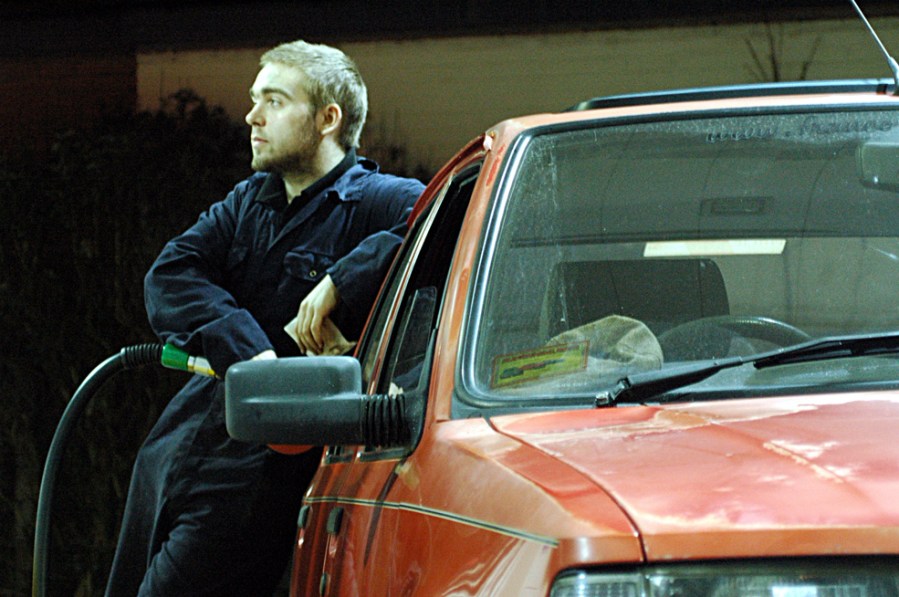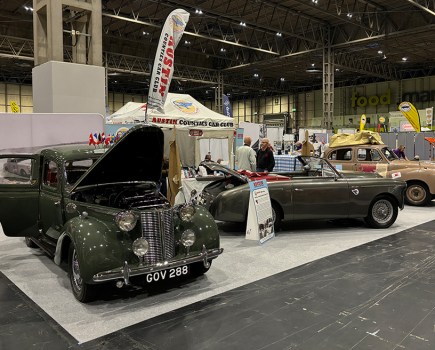Fuel prices are up again –back in the summer a litre of unleaded could be bought, if you shopped around, for £1.05 or so. Today, the cheapest anywhere is £1.20 and you need to hunt to find it for that – most outlets are £1.22-£1.24 or more.
However, if we look at the figures in a bit more detail, things aren’t as bad as the headlines might suggest. For starters, although £1.22 is more than we were paying back in the spring, it’s been much dearer in the recent past – in May 2013 we were paying £1.33 a litre. And if we look back to the classic era; when the writer started buying petrol in 1976 and it was sold in gallons, a gallon of two-star cost around 75p – four-star was 1-2p more. 77p in 1976 is equal to £5.78 today, and if we divide that by 4.54 to convert the gallons into litres, we get a price of £1.27 a litre – actually slightly more than we pay today.
So in real terms fuel is, despite recent increases, now cheaper than it was in the 1970s – hard to believe I know, but the figures don’t lie.
Although the real world price of petrol has changed surprisingly little over the past 40-50 years, petrol retailing has changed enormously in that time. One need only look at the number of former fuel forecourts now being used for other purposes – or not being used at all – to realise just how hard it is. From today’s £1.20 litre of petrol, the retailer’s ‘cut’ is around 2-3p – ie around 2.5-3.5%. So when you put £20 worth in your tank, he gets less than 40p, and probably makes at least as much from the three quids worth of sweets etc., you buy at the same time as your fuel. Then from that 30-40p he has to provide, insure and maintain a forecourt, pay staff, pay all other overheads such as business rates and electricity and also cover the full cost (including most of the duty) of any fuel stolen by drive-offs. And talking of Duty, because of the huge amount of tax that petrol retailers collect on behalf of government there are significant amounts of paperwork to complete and big penalties for even getting it even slightly wrong.
There’s a significant cashflow issue too – it’s not widely known, but there’s rarely – of ever – any credit in fuel sales. The best terms any retailers get is ’cash on delivery’; but in most cases it’s pay up front and once the money is received, the tanker calls. However because the margin is so low, they don’t even get their money back until the last drops have been sold. This, of course, is a particular problem for small outlets which may take a month or more to get their money back. It’s also why it’s not that uncommon to see independent outlets with empty tanks.
Consequently, although in 2016 Britain’s motorists bought far more ‘road fuel’ than they did in 1976, that fuel was bought from far fewer outlets; around 80% fewer in fact. Back in 1976 Britain had around 40,000 garages and ‘filling stations’ selling petrol and diesel – though the latter was almost solely for commercial vehicles then. Today there are less than 8000. In other words, four out of every five working petrol outlets in 1966 no longer sell petrol. My personal experience fully supports this; in 1976 I had a choice of 26 different places in Hastings from which to buy those 75p gallons. Today there are just seven.
Of those that remain, the overwhelming majority are large filling stations – the days of ‘garages’ also selling petrol are, it seems, all but over. The overwhelming majority are also owned by major oil companies, and, of course, supermarkets. It seems that the only way of making fuel retailing work these days is by selling lots of the stuff, so that the low margins per litre matter less.
Yet despite this, there are new companies entering the market. Applegreen – an Irish company with around 90 outlets across the Republic and five in the North – have recent expanded into Britain and in the past couple of years have acquired a number of existing sites and even opened a number of new ones. The emphasis –and branding – is totally price led, the main sales slogan being ‘low fuel prices always’, though in many cases they match rather than beat the lowest price.
So what’s the future looking like? I really can’t see things changing much – it’s hard to see a situation where they’ll be any more incentive for independents to enter the retail market. If, though, you are lucky enough to have an independent local outlet that gives good service and which you’d miss if wasn’t there, why not support them, even if it does mean paying -1-2p more a litre than at the nearest supermarket? That’s only an extra 40-50p on a tankful, you might well spend that driving to and from the supermarket anyway, and if it means that a valued local resource stays open, then it’s surely worth every penny.








